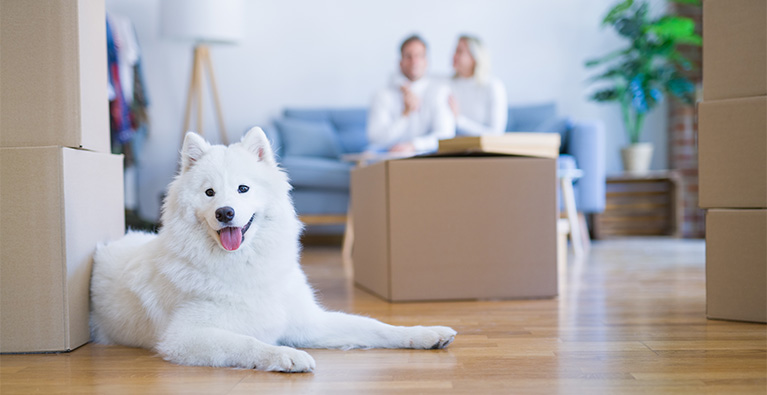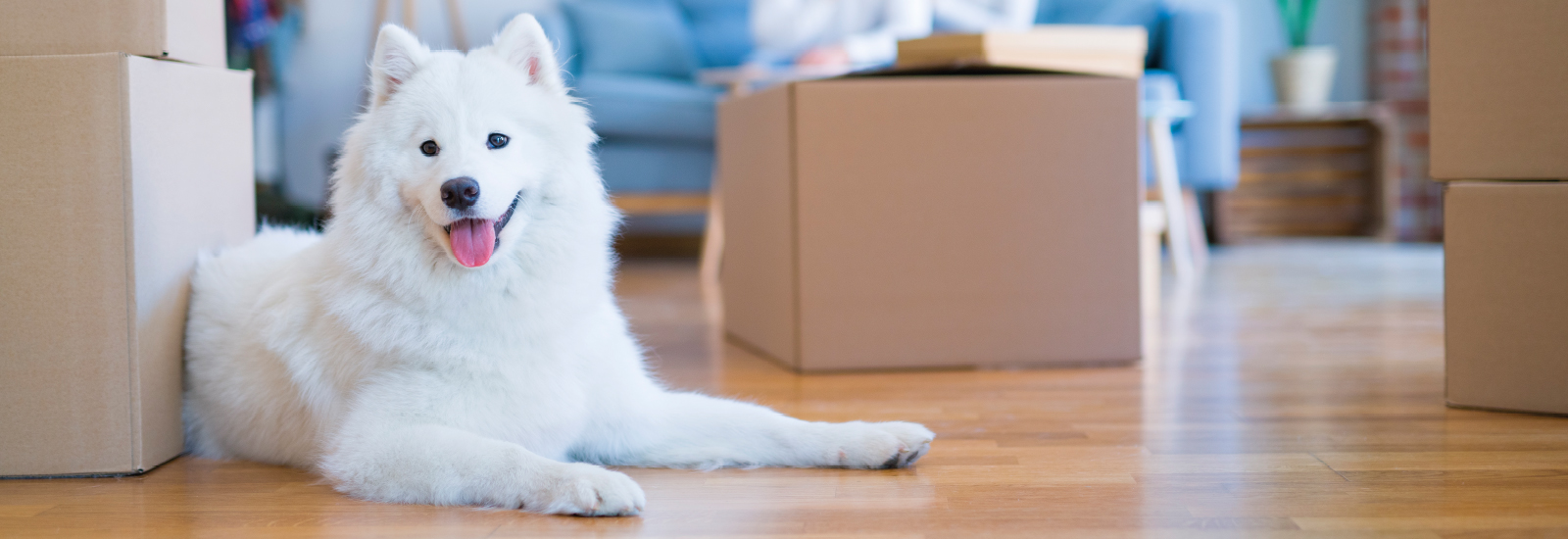Moving home with your dog – Info and tips
Moving home is usually a stressful experience. This is also true for dogs, which is why it is important to plan well in advance how you intend to go about it and what you need to bear in mind. With our checklist you will be well prepared.
Is moving home a negative experience for dogs?
Dogs can usually cope with moving home more easily than cats. Their lives centre on wherever their masters or mistresses are. It is, however, important to differentiate: If a dog and its owner spend a lot of time together, especially within their own four walls, then moving home will probably not involve a major adjustment for the dog. If, however, your dog is used to a garden or plenty of outdoor space to move about in, or even has social contact with other four-legged friends in the area, then moving home may involve a greater level of stress for your pet.
The unfamiliar surroundings without the markings it knows, strange dogs, and possibly also the lack of a garden have to first be processed and accepted by the dog. You should always remember this in your new home and act accordingly in a caring and understanding way.
How should I prepare for the move?
Only very rarely is moving home completely stress-free. This is not only true for the actual day of the move, but also for the days before and after. Obviously, your dog will sense that something is “wrong” if removal boxes suddenly appear in its home and you start filling them up. Do not shoo your dog away or ban it from your home. Particular consideration should be given to timid dogs and those who have had a negative experience with a move.
It is best to pack as calmly and inconspicuously as possible. It is important to leave you dog’s belongings in their usual place for as long as possible. This will help to reassure your pet. Only at the very last minute should you put everything in a separate box. This will ensure that not only is everything packed away in one place, but you will be able to open it first so that your dog has all its familiar belongings when it arrives in its new home.
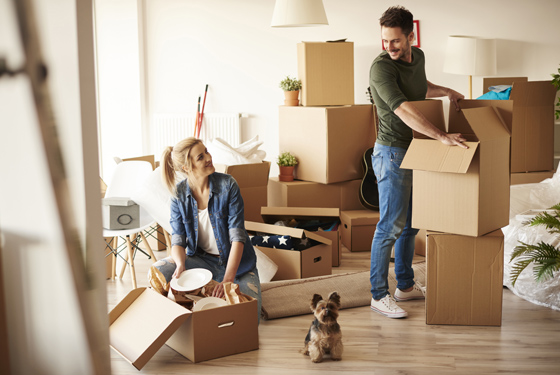
How should I move home with my dog?
On removal day, you should think about how to deal with your dog. If your pet is obedient and calm, the move should be relatively unproblematic. If, however, your dog is anxious, aggressive, agitated or not particularly obedient, you should consider whether it would be better to let it stay with good friends or acquaintances on the day of the move. Perhaps you have friends, neighbours or acquaintances who know your dog and would be happy to look after it. Or maybe someone will be prepared to keep a close eye on your pet and accompany it during the move. If none of these options are available to you, it may be helpful to keep the dog in a room that is already empty, with its bed, its bowls and a few of its toys. To be on the safe side, you can also put up a “Keep out!” sign to avoid a removal worker accidentally opening the door. Check on your dog from time to time so that it knows that you have not forgotten it.
It goes without saying that your dog should not be transported in the removal van, but in your car with you. For a longer journey, plan a break for your pet. When you have arrived, you should let your dog explore the immediate surroundings. Only then should you move into your new home. The same applies here as in your former home. Take the box with your dog’s belongings, put it in a separate room, and keep it closed for the time being. Here your dog can settle down away from all the hustle and bustle of the removal process. You should, however, check on it regularly.
How can I help my dog get used to its new home?
Perhaps you have treated yourself to new furniture for your new home. You should, however, not do the same for your dog. This would be an ill-advised time to surprise your dog with a brand-new bed, and new blankets and food bowls with lots of strange new smells. If you want to buy some new items for your dog, you should do this either well in advance of the move or after your pet has had time to settle into its new home. Because for a dog, its familiar belongings give it a feeling of security. As soon as the situation allows, your dog’s bed and bowls can be put in their intended places. Show your dog its new place to eat, where its bed is and where it can find its favourite blanket.
Despite the stress of moving home, take plenty of time to help your dog to settle in. Praise, stroke and play with your pet. And do not forget to take it for its first walk as soon as possible. Even if your dog is very obedient, you should always keep it on a lead at the beginning. After all, your four-legged friend does not know its way around yet. Go for a short walk and give it plenty of time to sniff everything and mark it all with its own familiar scent. In this way, it is announcing that there is a new dog in town.
Tip: If possible, any renovation work in your new home should be finished by the time you move in. Noise, fumes from paints and varnishes, and residues on the floor such as rubble, splashes of paint and sawdust can have a confusing effect on dogs.
Checklist for moving home with your dog
- Stay as calm as possible during the move to avoid things becoming overly stressful between you and your dog.
- If possible, your dog’s belongings such as its bed, bowls and blanket should remain in their usual places right until the last minute.
- Decide well in advance whether you think your dog will be able to cope well with removal day or whether it would be better off with friends.
- In order to reduce stress for everyone, it may be advisable to temporarily keep your dog in a closed room in both your old and new home.
- All your dog’s belongings should be stored together in a box that will be easy to reach when you arrive at your new home.
- Do not buy any new items for your dog. The familiar smells will have a calming effect.
- Walks should always be on a lead at the beginning.
- Despite the stress of moving home, take plenty of time for your dog and avoid leaving it alone for several hours at the beginning.
- Do not forget to re-register your dog with the local authority and insurance company.
You may also like this
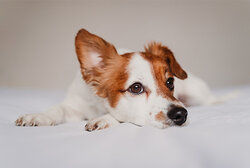
Leaving your dog alone
How to practice leaving your dog alone

Dog in the office
Tips for the office day with your dog
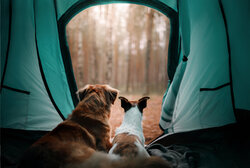
Holidays with your dog
How to prepare for a holiday with your dog
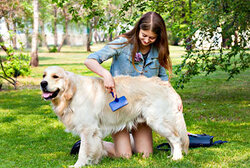
Moulting in dogs
How to help your dog during moulting
